Metabolism
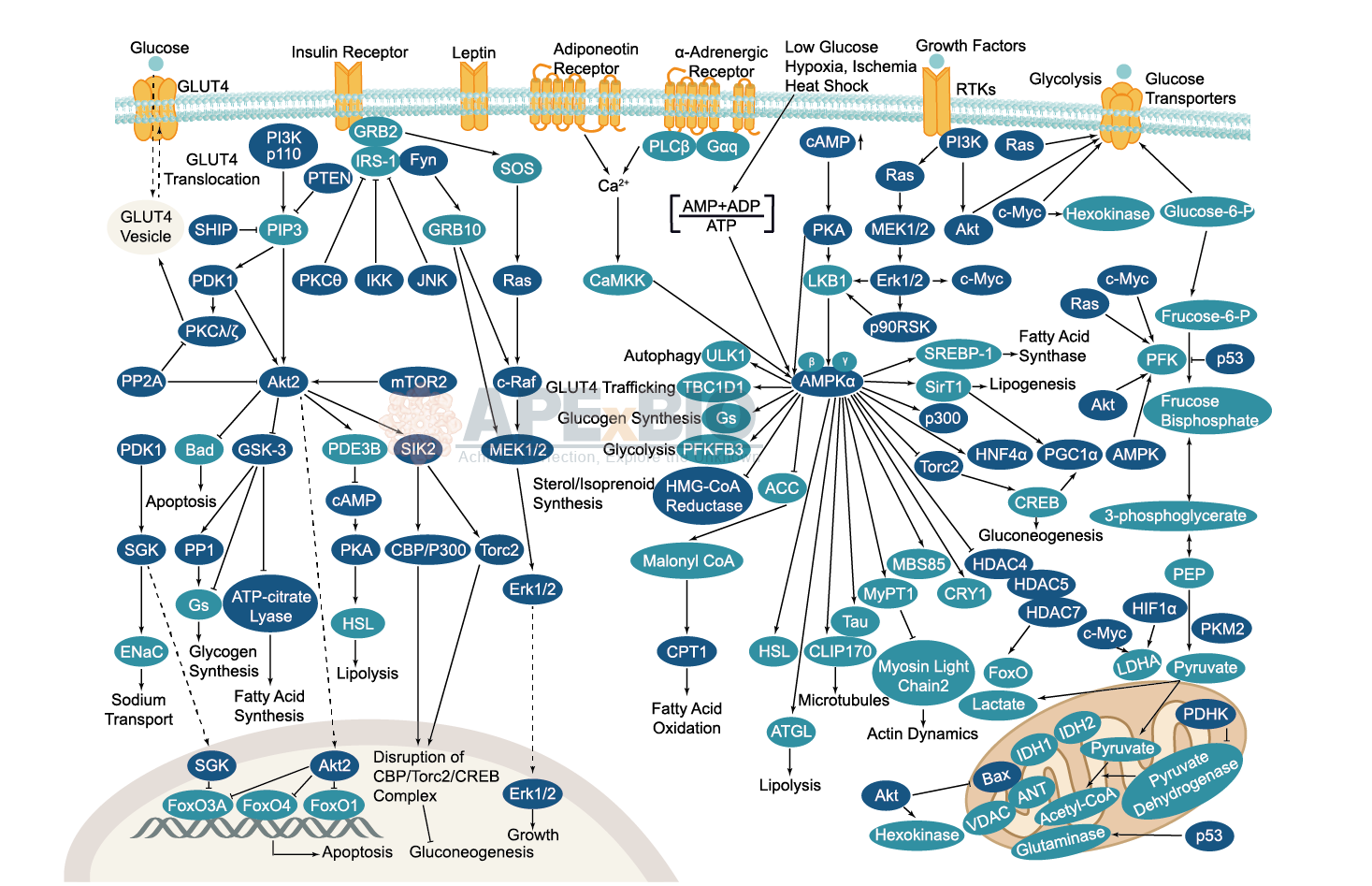
Serine/threonine kinase AMPK upregulates glucose uptake by promoting the expression and function of glucose transporters. AMPK is activated by increased AMP/ATP ratio, resulting from cellular and environmental stress, e.g. low glucose, heat shock, hypoxia and ischemia. AMPK activation positively modulates signaling transductions that refill ATP levels. Moreover, it also stimulates catabolic processes such as fatty acid oxidation and glycolysis through inhibition of ACC and activation of PFK2. AMPK negatively regulates various proteins which are important to ATP-consuming mechanisms, e.g. mTORC2, glycogen synthase, SREBP-1, and TSC2, causing the downregulation/inhibition of gluconeogenesis and glycogen, lipid and protein synthesis.
-
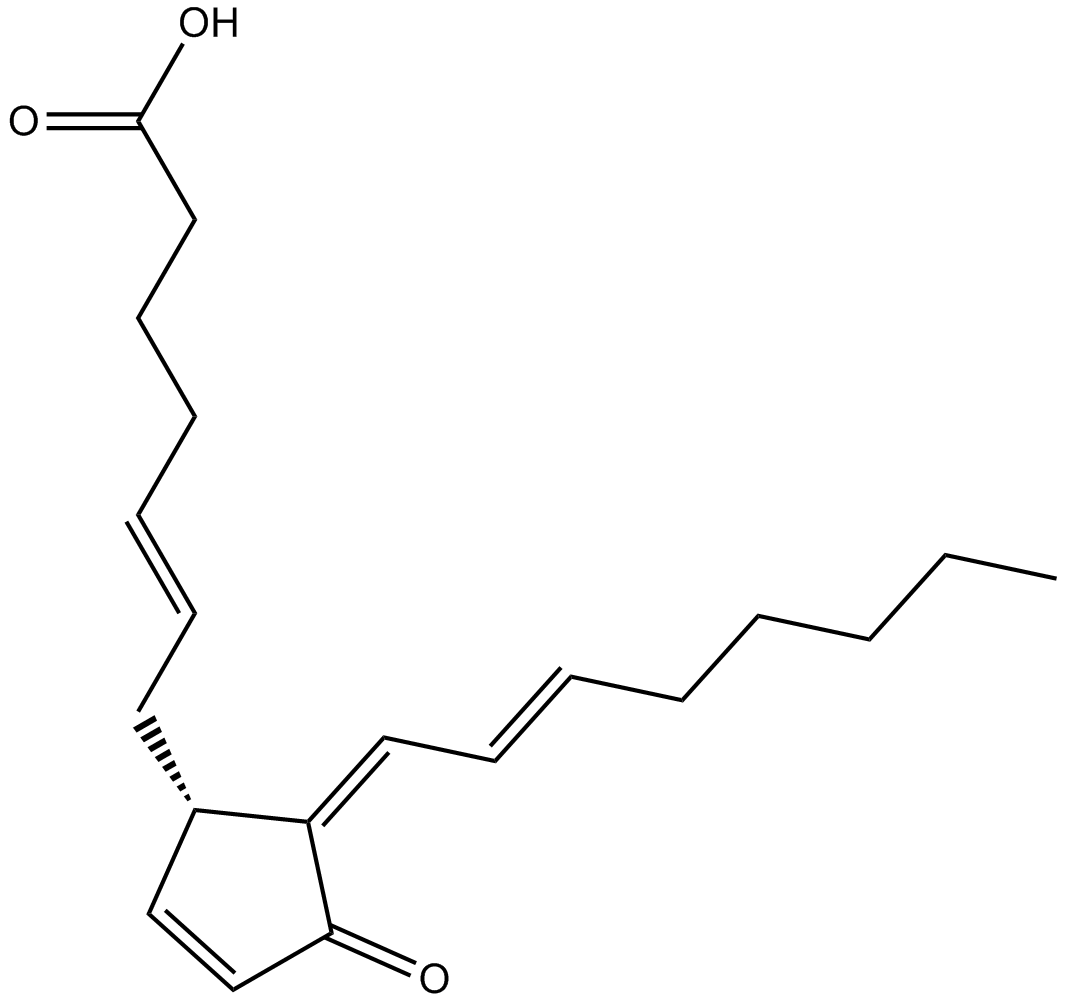 B7010 15-deoxy-Δ-12,14-Prostaglandin J2Target: PPARSummary: PPARγ agonist
B7010 15-deoxy-Δ-12,14-Prostaglandin J2Target: PPARSummary: PPARγ agonist -
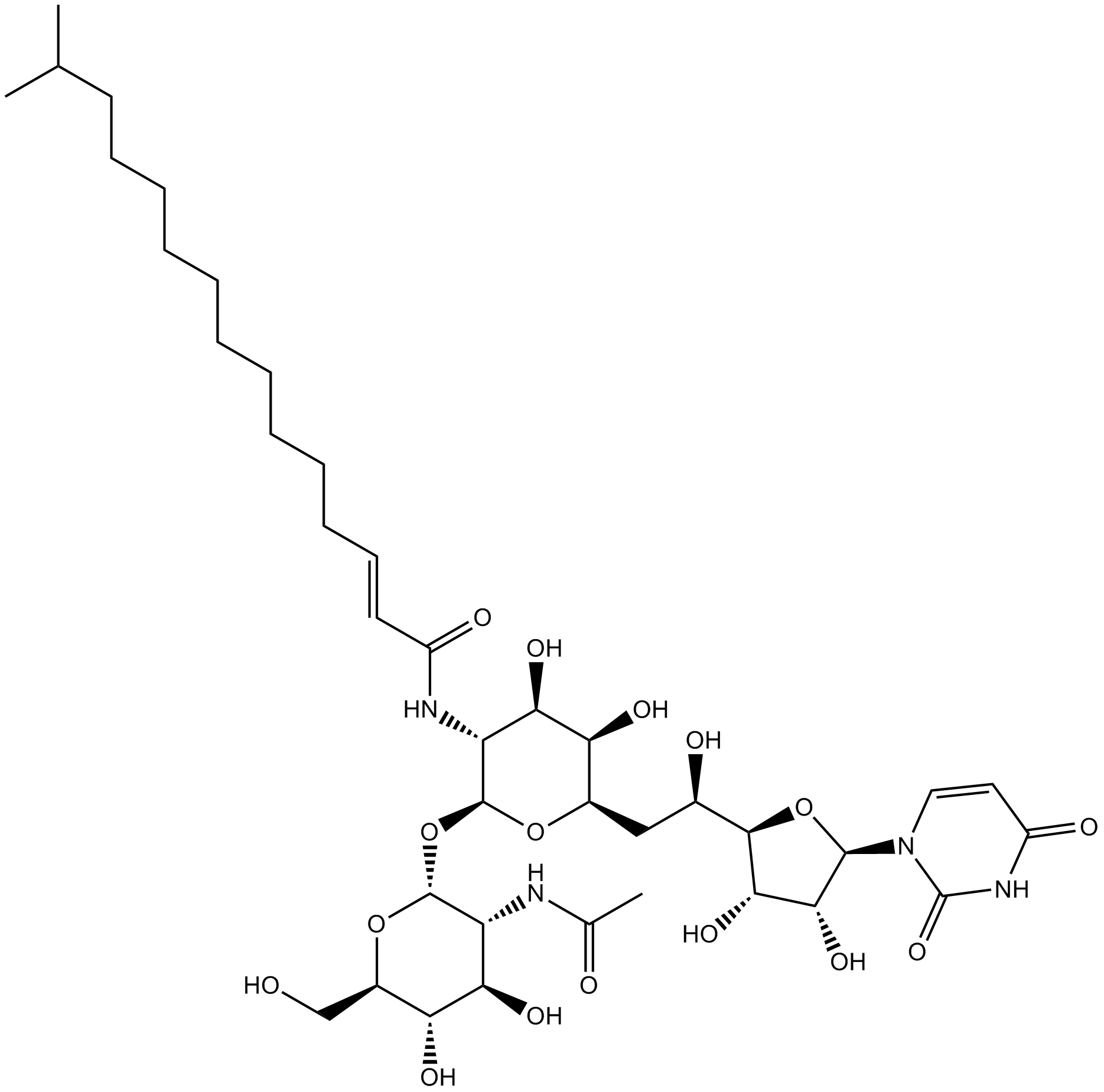 B7417 Tunicamycin1 CitationSummary: antibiotic,inhibits GlcNAc phosphotransferase (GPT)
B7417 Tunicamycin1 CitationSummary: antibiotic,inhibits GlcNAc phosphotransferase (GPT) -
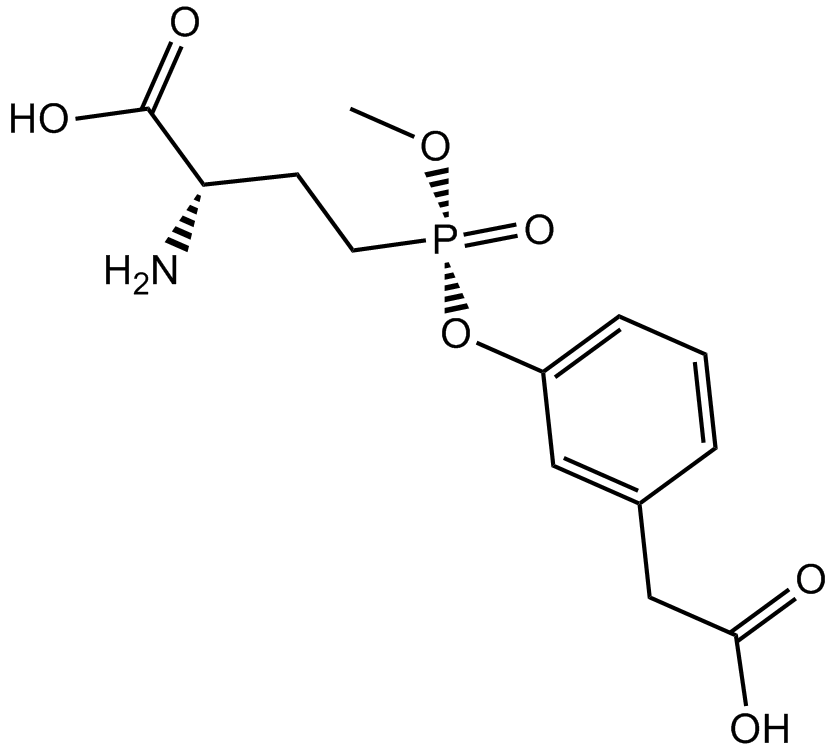 B5602 GGsTopSummary: γ-glutamyl transpeptidase (GGT) inhibitor, novel and irreversible
B5602 GGsTopSummary: γ-glutamyl transpeptidase (GGT) inhibitor, novel and irreversible -
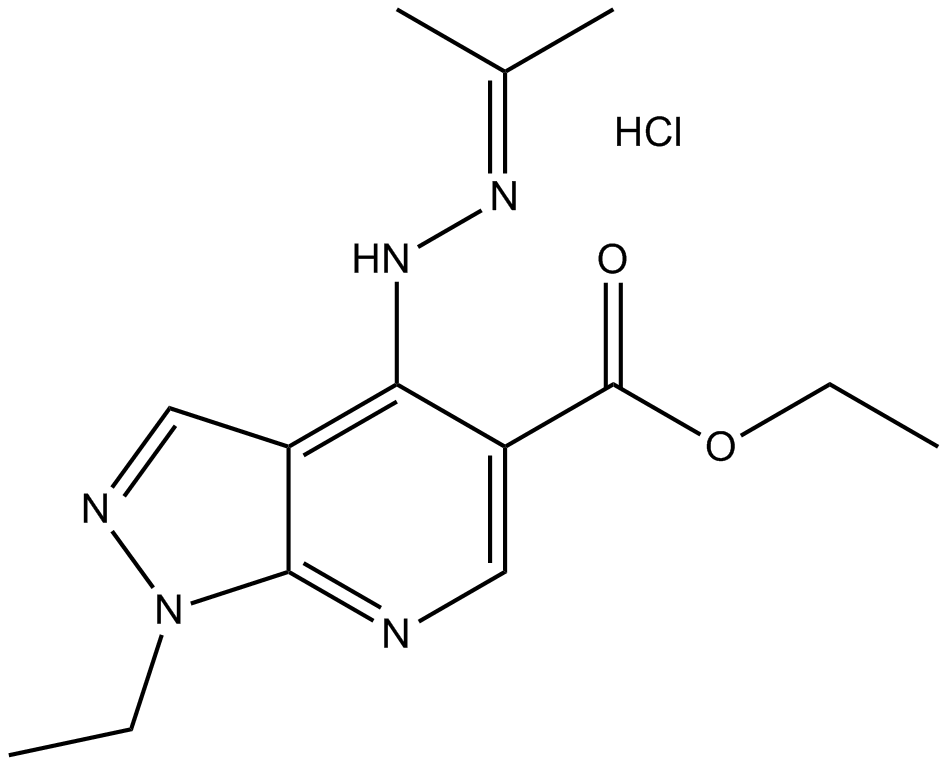 B6304 Etazolate hydrochloride2 CitationTarget: Phosphodiesterases (PDEs)Summary: PDE-4 inhibitor and selective GABA-A receptor modulator
B6304 Etazolate hydrochloride2 CitationTarget: Phosphodiesterases (PDEs)Summary: PDE-4 inhibitor and selective GABA-A receptor modulator -
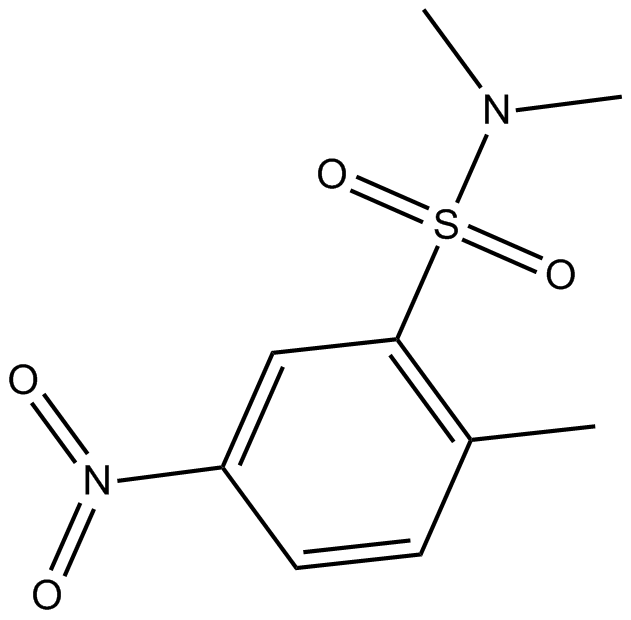 B6988 BRL 50481Target: Phosphodiesterases (PDEs)Summary: PDE7 inhibitor,potent and selective
B6988 BRL 50481Target: Phosphodiesterases (PDEs)Summary: PDE7 inhibitor,potent and selective -
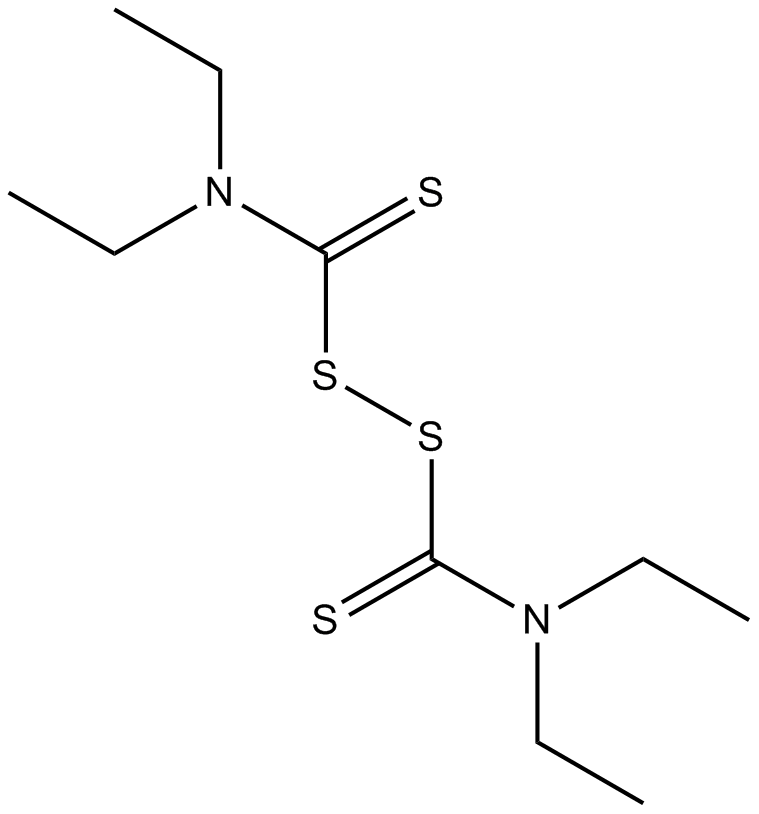 A4015 DisulfiramTarget: Aldehyde DehydrogenasesSummary: Dopamine β-hydroxylase inhibitor
A4015 DisulfiramTarget: Aldehyde DehydrogenasesSummary: Dopamine β-hydroxylase inhibitor -
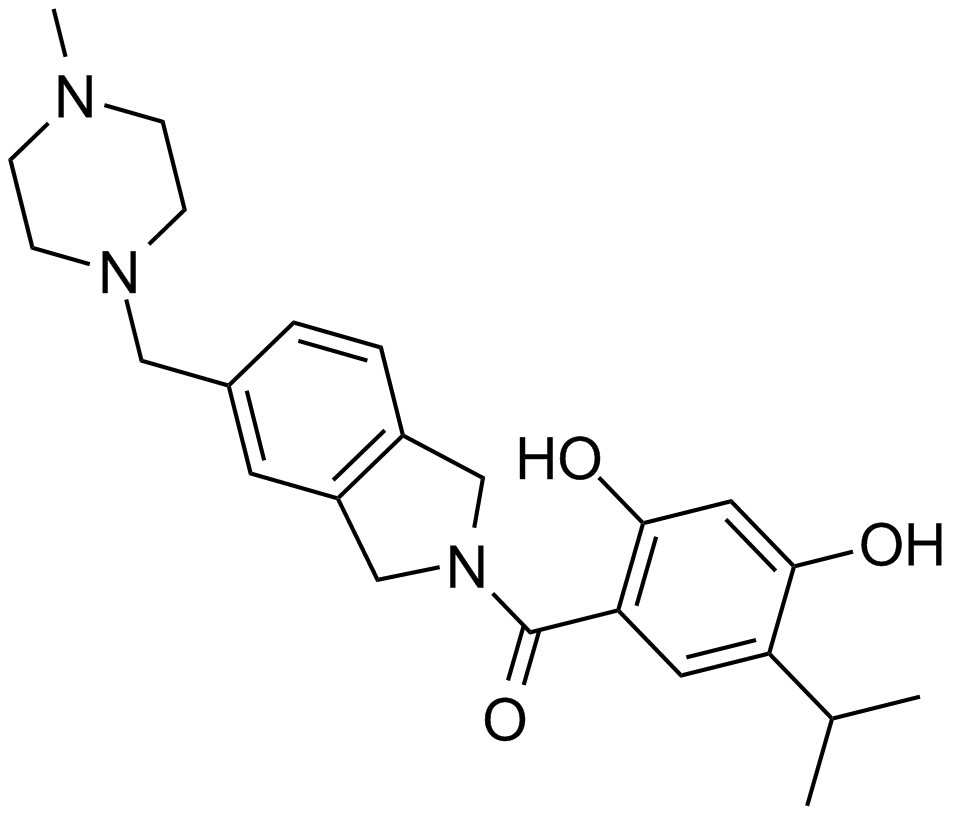 A4056 AT13387Target: HSP90Summary: Hsp90 inhibitor
A4056 AT13387Target: HSP90Summary: Hsp90 inhibitor -
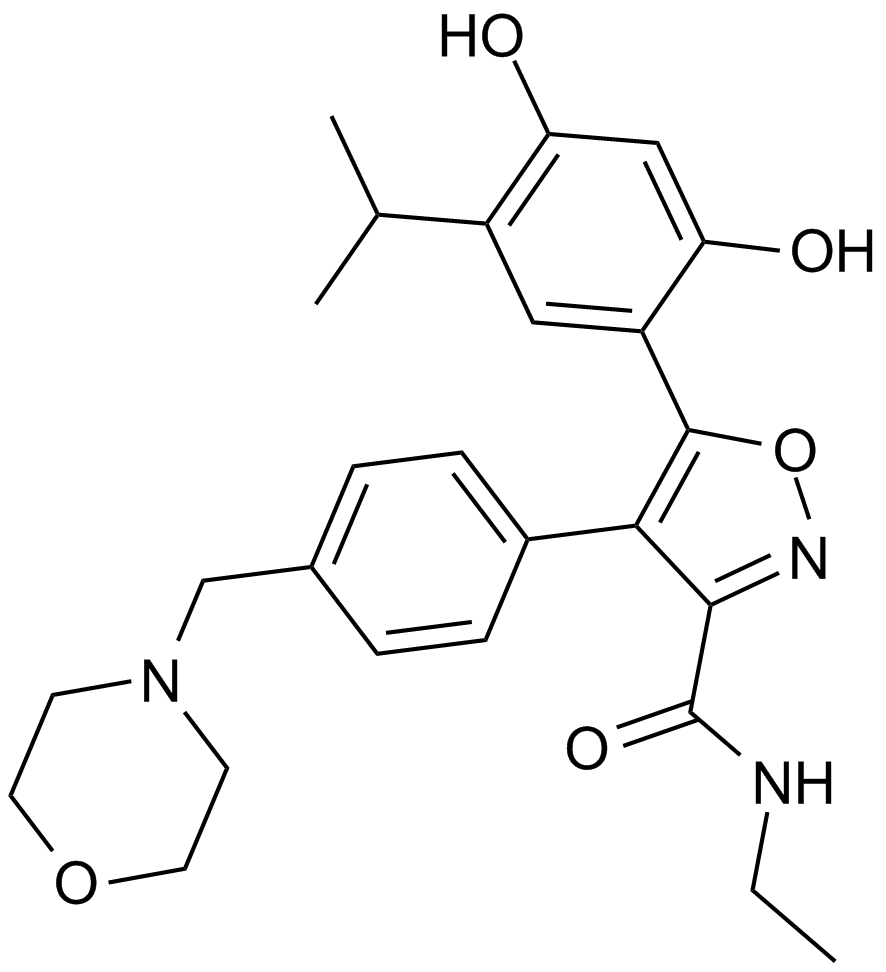 A4057 AUY922 (NVP-AUY922)1 CitationTarget: HSP90Summary: Potent Hsp90 inhibitor
A4057 AUY922 (NVP-AUY922)1 CitationTarget: HSP90Summary: Potent Hsp90 inhibitor -
 A4060 Geldanamycin2 CitationSummary: Hsp90 inhibitor,potent and specific
A4060 Geldanamycin2 CitationSummary: Hsp90 inhibitor,potent and specific -
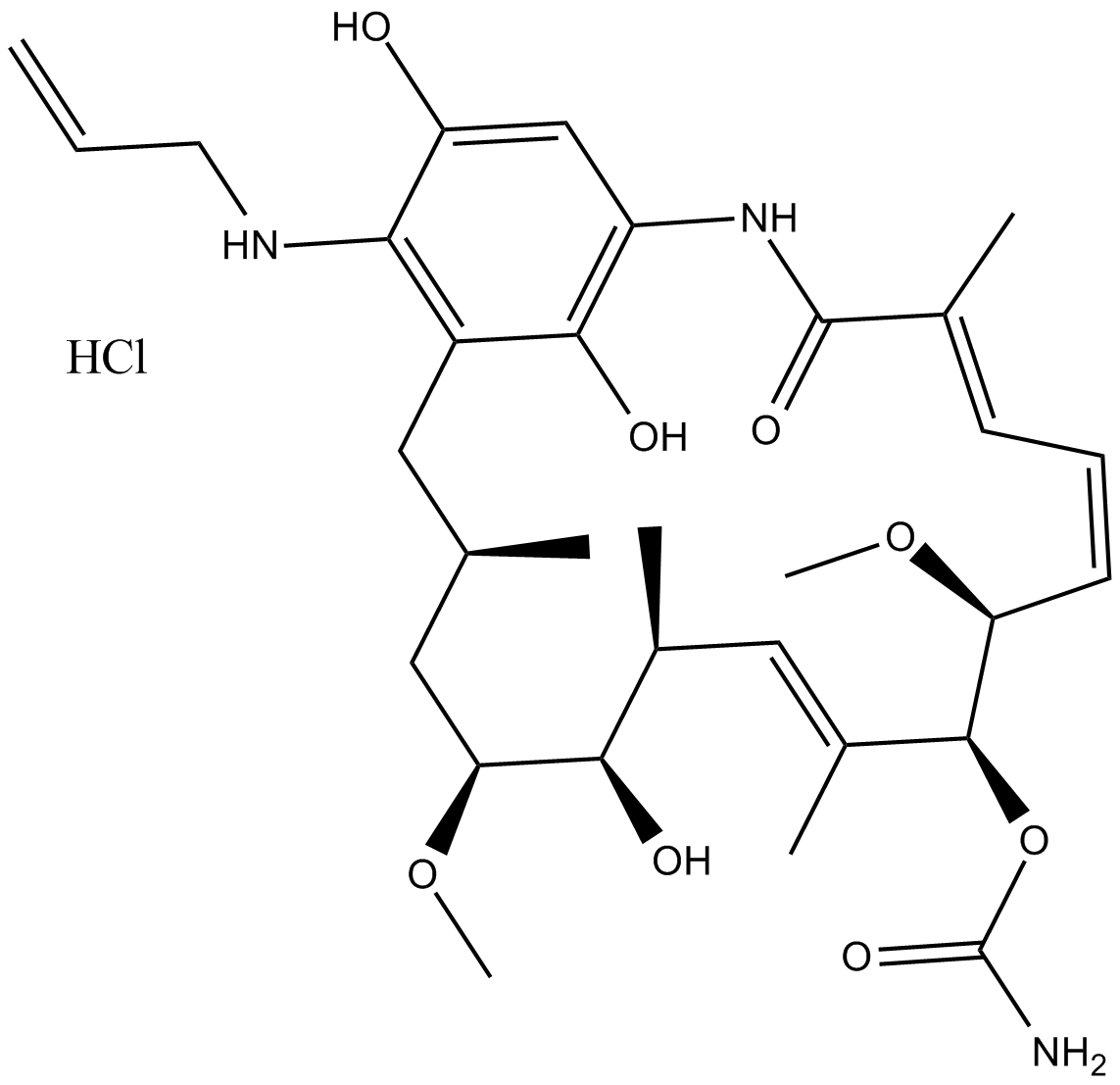 A4061 IPI-504 (Retaspimycin hydrochloride)3 CitationTarget: HSP90Summary: Hsp90 inhibitor,novel, potent,selective
A4061 IPI-504 (Retaspimycin hydrochloride)3 CitationTarget: HSP90Summary: Hsp90 inhibitor,novel, potent,selective

